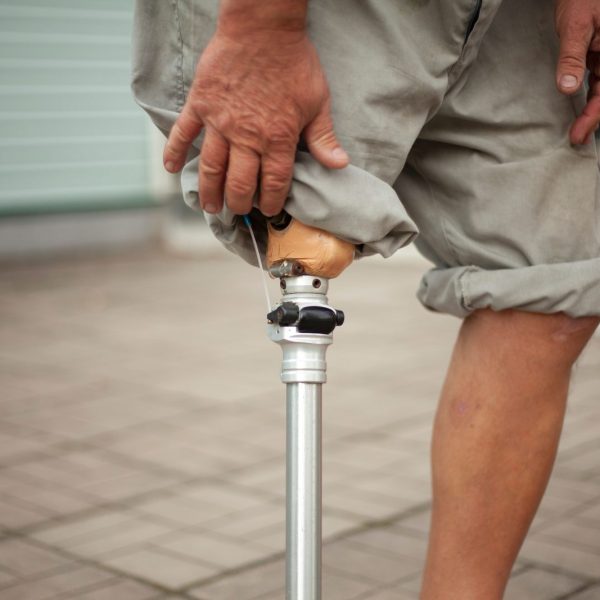There has been a constant struggle to define the role of opioids in medical therapy, due to their potential for misuse, overuse, and addiction since pain is a completely subjective sensation, not amenable to objective measurement, and is intimately tied to emotion and the patient’s psychological well-being. Thus the medical decision to administer an opioid analgesic is an attempt to balance the potential for pain relief, and the reliability of the patient’s reporting, against the potential for harm. The decision-making process is less complicated when dealing with acute traumatic injury or surgical trauma. However, with many chronic pain conditions, the etiology or severity of the patient’s pain is less obvious. In the majority of situations, a physician does not initiate opioid therapy with the intention of continuing it for months or years, but many patients will continue to seek opioids for relief of pain which becomes chronic.

















